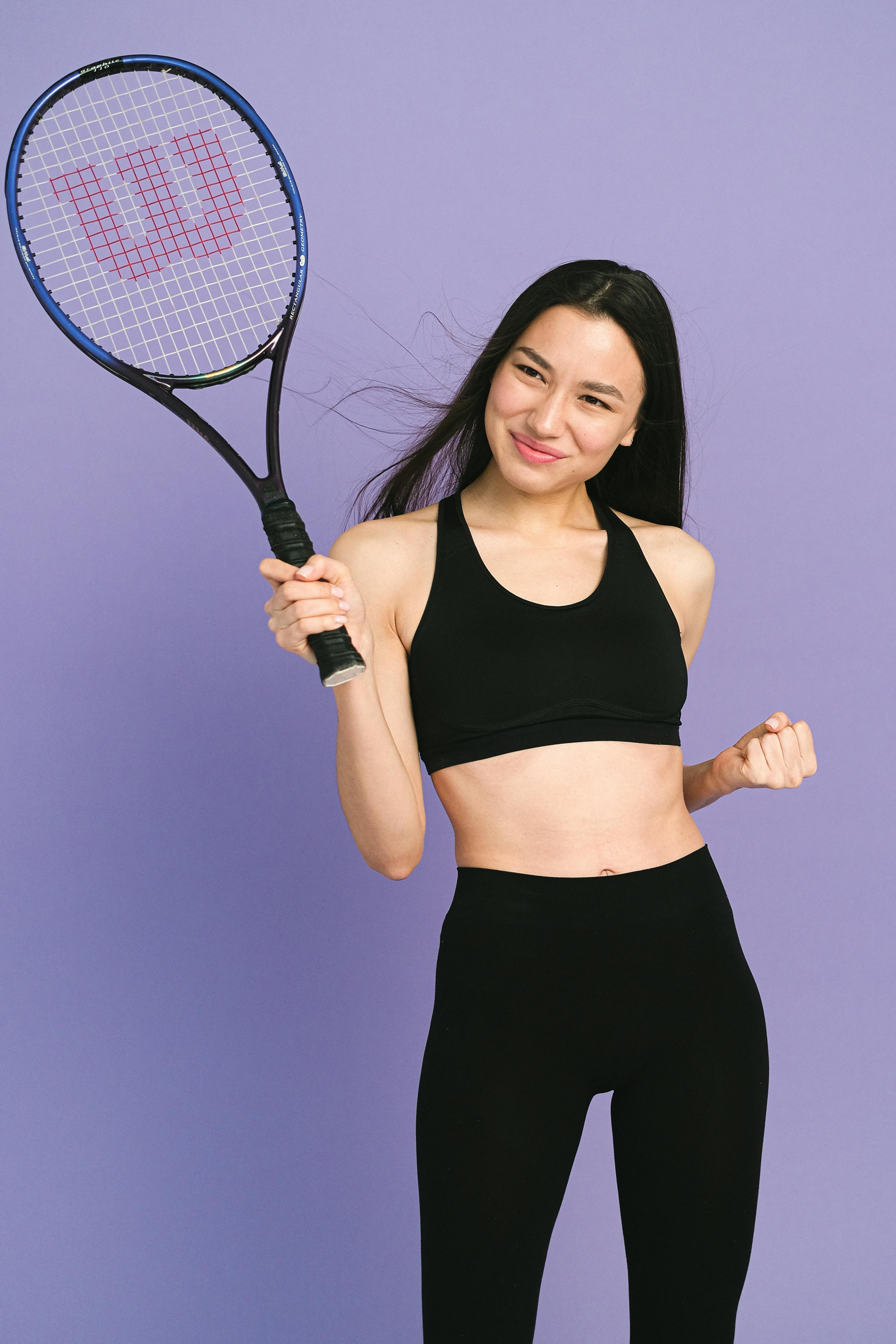The Sports Bra: 2025 Trends
Sports bras have evolved dramatically from their utilitarian origins to become essential garments combining performance technology with contemporary style. As we move into 2025, these versatile undergarments continue their transformation, reflecting broader shifts in activewear, fashion, and women's lifestyle preferences. The upcoming year promises significant advancements in materials, design philosophy, and functionality that will reshape how women experience support during physical activity and everyday wear.

How Sports Bras Are Evolving in 2025 for Performance and Style
The sports bra landscape of 2025 represents a significant departure from previous generations, with manufacturers focusing on the intersection of athletic performance and aesthetic appeal. Technical innovation is driving the development of “adaptive fit” technology, where the bra’s support adjusts to different activity levels automatically. Sensors embedded within the fabric can detect movement intensity and respond by increasing or decreasing compression.
Motion-mapping technology has also revolutionized sports bra design, with brands using 3D body scanning and biomechanical analysis to create zone-specific support that addresses individual movement patterns. This personalization extends to customizable elements like removable padding, adjustable straps with memory settings, and convertible back designs that accommodate various workout intensities and personal preferences.
The 2025 sports bra also embraces inclusivity with expanded size ranges and specialized designs for different body types. Brands are moving beyond standard sizing to create products specifically engineered for fuller busts, athletic builds, and post-surgical needs, acknowledging that support requirements vary dramatically among women.
Fabric Innovations Making Sports Bras More Breathable and Supportive
Material science has transformed sports bra performance with several breakthrough technologies becoming mainstream in 2025. Moisture-wicking capabilities have evolved beyond simple absorption to incorporate active cooling elements that regulate body temperature during intense workouts. Thermoregulating fabrics embedded with phase-change materials respond to body heat by releasing cooling sensations when temperatures rise and preserving warmth when needed.
Compression technology has also advanced significantly, with graduated compression zones that target specific muscle groups for improved circulation and reduced fatigue. These fabrics provide customized support where needed most while allowing flexibility in areas requiring greater range of motion.
Sustainability stands at the forefront of 2025’s fabric innovation, with recycled and regenerative materials becoming industry standards. Bio-based fabrics derived from algae, mushroom leather alternatives, and yarns made from recaptured ocean plastic offer performance benefits while addressing environmental concerns. Many brands have also developed closed-loop manufacturing systems where sports bras can be returned at end-of-life for complete recycling into new products.
Color and Cut Trends Defining the Modern Sports Bra
The 2025 sports bra aesthetic moves beyond basic black and neutrals to embrace bold color statements and innovative silhouettes. Color trends reflect both fashion-forward thinking and psychological performance enhancement. Dopamine dressing—wearing vibrant colors to boost mood and motivation—has influenced sports bra palettes with energizing neon accents, gradient color transitions, and mood-enhancing hues designed to stimulate exercise motivation.
Cut and silhouette innovations have redefined what a sports bra can be. The longline sports bra has evolved into various iterations, including crop-top styles that provide coverage without sacrificing breathability. Asymmetrical designs with strategic cutouts offer both visual interest and functional ventilation, while high-neck styles with mesh overlay panels provide modesty with breathability.
Multifunctional design elements have become essential in 2025’s sports bras. Convertible straps that can be worn multiple ways allow for adaptation to different outfits and activities. Hidden pockets for smartphones, wireless earbuds, or essential cards eliminate the need for additional accessories during workouts. These thoughtful additions reflect a deeper understanding of how women integrate athletic wear into their daily lives.
Why Sports Bras Are Now Everyday Essentials, Not Just Activewear
The boundary between activewear and everyday clothing has dissolved completely by 2025, with sports bras firmly established as wardrobe essentials rather than specialized athletic gear. This transition reflects broader societal shifts toward comfort, functionality, and versatile clothing investments.
Health consciousness has driven increased adoption of sports bras for daily wear, as women recognize the benefits of proper support beyond workout settings. Research linking inadequate breast support to back pain, posture issues, and tissue damage has educated consumers about the importance of supportive undergarments throughout all daily activities.
The work-from-home revolution that began years earlier has permanently altered expectations around comfort and practicality in clothing. Sports bras designed with all-day comfort in mind have replaced traditional underwire bras for many women who prioritize ease of movement and natural support during extended wear periods. Manufacturers have responded by creating hybrid designs that maintain the support of athletic wear while incorporating the aesthetics and comfort features suited for all-day wear.
The Balance of Comfort, Function, and Fashion in Sports Bras
The most successful sports bra designs of 2025 achieve a delicate equilibrium between seemingly competing priorities: comfort, performance functionality, and fashion appeal. This balance represents a significant evolution from earlier generations of sports bras that often sacrificed one element for another.
Ergonomic design principles have revolutionized sports bra construction, with seam placement and structural elements strategically positioned to eliminate pressure points and reduce chafing. Racerback designs have evolved to accommodate shoulder mobility while maintaining support, and underband technology now distributes weight without creating uncomfortable pressure.
Fashion integration has elevated the sports bra beyond pure function, with design houses collaborating with activewear brands to create limited-edition collections that bring runway aesthetics to performance wear. Artistic prints, architectural details, and premium finishes allow sports bras to function as statement pieces meant to be seen rather than hidden layers.
The 2025 sports bra represents a culmination of technological innovation, changing fashion norms, and evolving lifestyle needs. As these garments continue to blend performance capabilities with style versatility, they reflect broader cultural shifts toward clothing that adapts to women’s multifaceted lives rather than restricting their activities or comfort.




